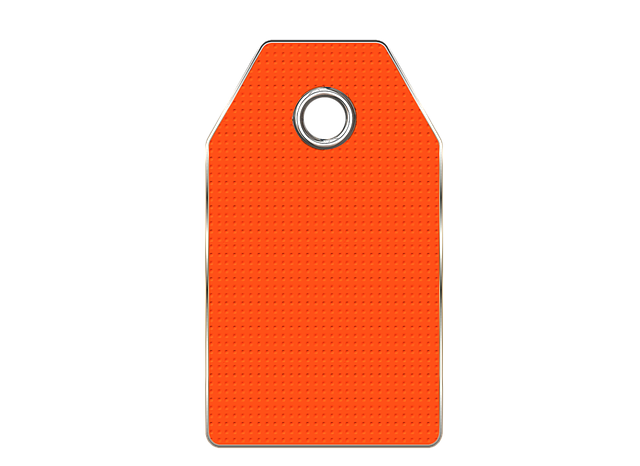London residents have access to diverse skin tag removal options, from non-invasive treatments like cryotherapy and laser procedures to surgical methods at specialist clinics. Natural remedies using ingredients like apple cider vinegar, garlic, and duct tape are also popular for their affordability and less invasive approach. London Skin Tag Removal services cater to various preferences and budgets, ensuring effective results with minimal downtime.
Skin tags on arms and legs can be unsightly and uncomfortable. This guide explores the best ways to treat them, from non-invasive procedures in London to natural remedies. First, understand skin tag causes and types. Then, delve into surgical removal options, including procedures and aftercare. Next, discover top home care tips and natural treatments. For those seeking professional help, London offers various non-invasive skin tag removal services.
- Understanding Skin Tags: Causes and Types
- Non-Invasive Treatment Options in London
- Surgical Removal: Procedure and Aftercare
- Natural Remedies and Home Care Tips
Understanding Skin Tags: Causes and Types
Skin tags, also known as acrochordons, are small, soft skin growths that typically appear on the neck, armpits, and areas where skin rubs against itself, such as the arms and legs. They are generally harmless but can be a source of discomfort or embarrassment for some individuals. Understanding their causes and types is an essential step in deciding on the best treatment method, especially when considering London Skin Tag Removal options.
There are several factors that contribute to the development of skin tags. Common causes include genetics, obesity, insulin resistance, and friction or irritation of the skin. They often occur in families, suggesting a genetic predisposition. Obesity can lead to increased skin folding, creating an environment conducive to tag formation. Insulin resistance, associated with conditions like type 2 diabetes, is another risk factor. Additionally, constant friction or pressure on certain areas of the body can trigger the growth of skin tags. Different types include soft, warty, and flesh-colored skin tags, each varying in appearance and texture.
Non-Invasive Treatment Options in London
In London, there are numerous non-invasive treatment options available for skin tag removal, offering effective and safe alternatives to traditional surgical excision. Many clinics specialize in aesthetic procedures, including skin tag elimination, utilizing advanced technologies such as cryotherapy (freezing) and laser treatments. Cryotherapy involves freezing the skin tags with liquid nitrogen, a quick and relatively painless procedure that targets the root of the tag for gradual removal over time. Laser treatments, on the other hand, use targeted beams of light to burn away the skin tags, leaving minimal scarring.
These non-invasive methods have gained popularity in London due to their accessibility, quick recovery times, and minimal downtime. Many people prefer these options as they avoid the risks associated with surgery and provide visible results after just a few sessions. With the right clinic and treatment plan, London residents can bid farewell to unsightly skin tags on their arms and legs, achieving smoother, clearer skin without invasive procedures.
Surgical Removal: Procedure and Aftercare
Surgical removal is one of the most effective methods for getting rid of skin tags, particularly in areas like the arms and legs where they can be more noticeable. This procedure involves a quick trip to a specialist clinic, such as those offering London Skin Tag Removal services. During the treatment, a small incision is made around the skin tag using sterile instruments, and it is then carefully removed. The process is usually fast, taking just a few minutes, and is often performed under local anaesthesia to ensure patient comfort.
Aftercare instructions are simple but crucial for optimal healing. Patients can expect some mild redness, swelling, or discomfort in the treated area, which typically subsides within a few days. It’s important to keep the incision clean and dry, avoiding any harsh scrubbing or picking at the site. Most specialists recommend applying a gentle antibiotic cream as directed and using cold compresses to reduce swelling. Strenuous activities and tight clothing should be avoided for a week to prevent irritation and promote faster healing.
Natural Remedies and Home Care Tips
Many people turn to natural remedies and home care tips as a first line of defence against skin tags, especially if they’re seeking a more affordable or less invasive London Skin Tag Removal solution. While not all methods are backed by scientific research, some have shown promising results for reducing or eliminating skin tags safely and effectively.
At-home treatments often involve using natural ingredients like apple cider vinegar, garlic, or duct tape. Apple cider vinegar is believed to be effective due to its acidity, which may help dissolve the skin tag’s base. Garlic contains allicin, a compound with antibacterial and antifungal properties that could aid in healing and removing tags. Duct tape, while seemingly unconventional, has been used by some to adhere over the skin tag, potentially causing it to fall off or reduce in size over time.
When it comes to treating skin tags on arms and legs, understanding your options is key. From non-invasive procedures in London to natural remedies, there are several effective ways to remove or reduce these benign growths. Whether you prefer a professional approach or opt for at-home care, knowing the causes and types of skin tags empowers you to make an informed decision. For those seeking a permanent solution, surgical removal offers a reliable option with proper aftercare. Explore these treatments, choose what suits your needs best, and bid farewell to unsightly skin tags once and for all.
